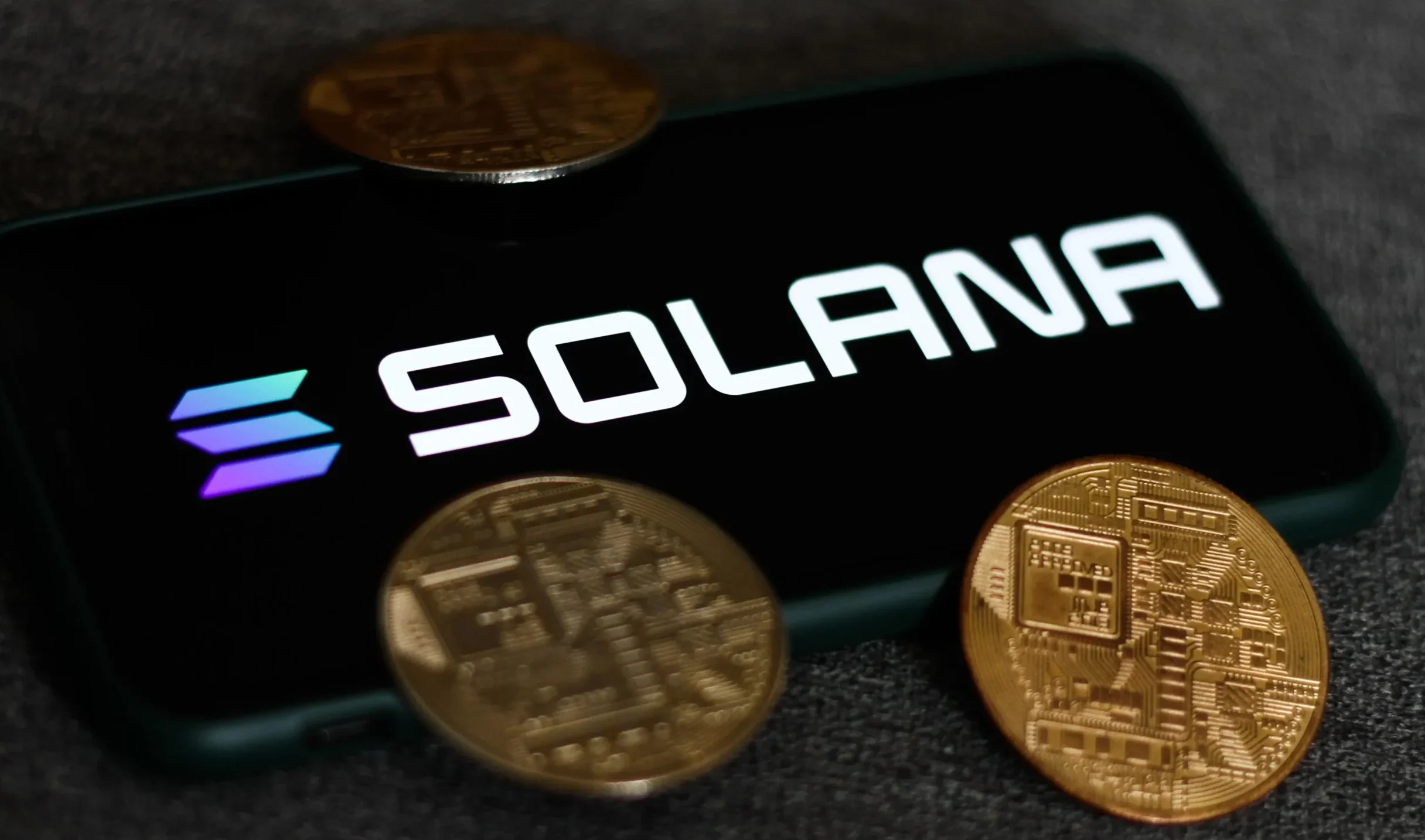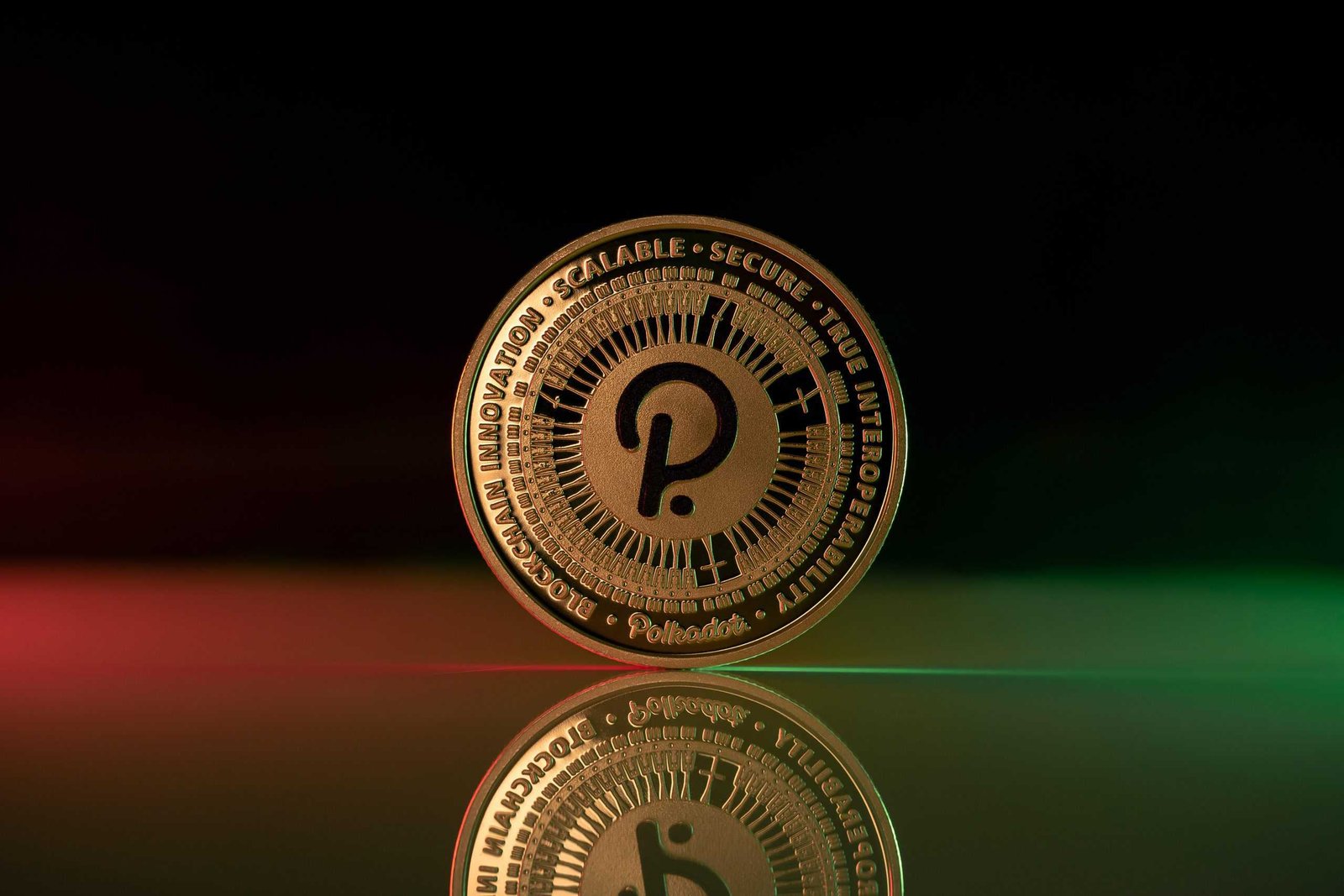The cryptocurrency market is experiencing unprecedented growth, and savvy investors are searching for the top altcoin investment opportunities today. With Bitcoin’s dominance slowly declining and institutional adoption increasing, alternative cryptocurrencies present compelling investment prospects for 2025.
In this comprehensive guide, we’ll explore the most promising altcoins that offer exceptional growth potential, innovative technology, and strong fundamentals. Whether you’re a seasoned crypto investor or just starting your digital asset journey, understanding these top altcoin investment opportunities today can help you make informed decisions in this rapidly evolving market.
The altcoin market has matured significantly, with many projects solving real-world problems and gaining mainstream adoption. From decentralized finance (DeFi) platforms to layer-2 scaling solutions, today’s altcoins represent the future of blockchain technology and digital finance.
Understanding the Current Altcoin Investment Landscape
The cryptocurrency ecosystem has evolved far beyond Bitcoin’s original vision. Today’s altcoin market encompasses diverse sectors, including decentralized finance, non-fungible tokens (NFTs), gaming, and enterprise blockchain solutions. This diversification creates numerous investment opportunities for those willing to conduct thorough research.
Market capitalization in the altcoin space has grown exponentially, with many projects achieving billion-dollar valuations. However, this growth also brings increased volatility and risk, making it crucial to identify projects with strong fundamentals and real utility.
The regulatory environment surrounding cryptocurrencies continues to evolve, with more straightforward guidelines emerging in significant markets. This regulatory clarity is driving institutional adoption and creating more stable investment conditions for altcoins.
Key Factors Driving Altcoin Growth in 2025
Several macroeconomic factors are contributing to the current altcoin bull market. Inflation concerns, currency debasement, and the search for alternative stores of value have driven institutional and retail investors toward digital assets.
The development of blockchain infrastructure has reached a tipping point, with faster transaction speeds, lower fees, and improved user experiences making altcoins more accessible to mainstream users. This technological advancement is crucial for widespread adoption.
Enterprise adoption of blockchain technology continues to accelerate, with major corporations integrating altcoins into their operations for payments, supply chain management, and innovative contract execution.
Top Altcoin Investment Opportunities Today: Our Expert Picks
Ethereum (ETH) – The Smart Contract Pioneer
Ethereum remains one of the most compelling altcoin investments due to its dominant position in the innovative contract ecosystem. The network hosts the majority of decentralized applications (dApps) and serves as the foundation for the DeFi revolution.
The successful transition to Ethereum 2.0 and the implementation of proof-of-stake consensus have addressed scalability and energy consumption concerns. This upgrade has made ETH more attractive to environmentally conscious investors and institutions.
With the upcoming implementation of sharding and layer-2 solutions like Arbitrum and Optimism, Ethereum’s transaction capacity will increase dramatically while reducing fees. This technological advancement positions ETH as a long-term growth investment.
Solana (SOL) – The High-Performance Blockchain
Solana has emerged as a serious competitor to Ethereum, offering faster transaction speeds and lower fees. The network can process over 65,000 transactions per second, making it ideal for high-frequency trading and gaming applications.

The Solana ecosystem has attracted significant developer interest, with numerous DeFi protocols, NFT marketplaces, and Web3 applications building on the platform. This growing ecosystem creates network effects that drive SOL token demand.
Recent partnerships with major payment processors and the integration of Solana Pay for merchant transactions demonstrate the platform’s real-world utility and adoption potential.
Cardano (ADA) – The Research-Driven Platform
Cardano’s academic approach to blockchain development sets it apart from other altcoins. The platform’s peer-reviewed research methodology ensures robust security and scalability features that appeal to institutional investors.
The recent implementation of smart contract functionality through the Alonzo upgrade has unlocked DeFi capabilities on Cardano. This development has attracted developers and projects previously limited to other platforms.
Cardano’s focus on sustainability and social impact, particularly in developing countries, positions it well for ESG-focused investment mandates that are becoming increasingly important for institutional portfolios.
Polygon (MATIC) – The Ethereum Scaling Solution
Polygon has positioned itself as the premier scaling solution for Ethereum, offering significantly reduced transaction fees and faster confirmation times. This utility has made it an essential infrastructure for the DeFi ecosystem.
Major corporations, including Adobe, Disney, and Meta, have chosen Polygon for their blockchain initiatives, demonstrating enterprise confidence in the platform’s technology and long-term viability.
The network’s recent carbon-neutral commitment and sustainability initiatives appeal to environmentally conscious investors seeking exposure to blockchain technology without the environmental concerns associated with proof-of-work networks.
Chainlink (LINK) – The Oracle Network Leader
Chainlink provides critical infrastructure for the blockchain ecosystem by connecting smart contracts with real-world data. This oracle functionality is essential for DeFi protocols, insurance applications, and enterprise blockchain solutions.
The network has secured partnerships with major data providers, including Google Cloud, Oracle, and SWIFT, establishing Chainlink as the industry standard for blockchain oracles.
Chainlink’s technology is blockchain-agnostic, meaning it can provide services across multiple networks. This versatility creates a defensive moat and ensures continued relevance as the multi-chain ecosystem evolves.
Avalanche (AVAX) – The Consensus Innovation
Avalanche introduces a novel consensus mechanism that provides near-instant finality and high throughput without compromising decentralization. This technical innovation addresses the blockchain trilemma more effectively than many competitors.
The platform’s subnet architecture allows developers to create custom blockchain networks with specific requirements, making it attractive for enterprise applications and specialized use cases.
Recent partnerships with traditional financial institutions and the launch of institutional-grade products have increased AVAX’s appeal to sophisticated investors seeking exposure to innovative blockchain technology.
Polkadot (DOT) – The Interoperability Protocol
Polkadot’s parachain architecture enables different blockchains to interoperate seamlessly, addressing one of the most significant challenges in the current cryptocurrency ecosystem. This interoperability is crucial for the future of decentralized finance.

The network’s governance model allows token holders to vote on protocol upgrades and treasury spending, creating a truly decentralized decision-making process that appeals to DeFi purists. With the recent launch of parachain auctions and the onboarding of specialized blockchains, Polkadot’s ecosystem is expanding rapidly, creating network effects that drive DOT token demand.
Terra Luna Classic (LUNC) and Terra 2.0 (LUNA) – The Algorithmic Stablecoin Experiment
Despite the challenges faced by the original Terra ecosystem, the community-driven revival efforts and the launch of Terra 2.0 present speculative investment opportunities for risk-tolerant investors.
The lessons learned from the original Terra collapse have led to improved tokenomics and risk management in Terra 2.0, potentially creating a more sustainable ecosystem for algorithmic stablecoins.
The strong community support and continued development activity suggest that Terra projects may recover and innovate in the stablecoin space, though investors should carefully consider the elevated risks.
Also Read: Cryptocurrency Day Trading Platform Comparison Best Platforms 2025
Near Protocol (NEAR) – The Developer-Friendly Platform
Near Protocol focuses on creating an accessible development environment for Web3 applications, with features like human-readable account names and progressive onboarding for non-crypto users.
The platform’s sharding implementation, called Nightshade, provides scalability without sacrificing security or decentralization, making it an attractive alternative to congested networks.
Strategic partnerships with major Web2 companies and the allocation of significant resources to developer grants and ecosystem development position NEAR for sustained growth.
Cosmos (ATOM) – The Internet of Blockchains
Cosmos enables the creation of interoperable blockchain networks through its Inter-Blockchain Communication (IBC) protocol, facilitating value and data transfer between different chains.
The Cosmos Hub serves as the central coordination point for the expanding Cosmos ecosystem, with ATOM tokens used for governance and security through staking mechanisms.
Recent updates, including liquid staking and interchain security features, have enhanced ATOM’s utility and attractiveness to both retail and institutional investors.
Technical Analysis and Market Indicators for Altcoin Investments
Understanding technical analysis is crucial for timing altcoin investments effectively. Key indicators include moving averages, relative strength index (RSI), and trading volume patterns that can signal optimal entry and exit points.
On-chain metrics such as active addresses, transaction volume, and network growth provide fundamental insights into altcoin adoption and usage patterns. These metrics often precede price movements and can identify undervalued opportunities.
Market sentiment indicators, including social media buzz, developer activity, and institutional interest, provide additional context for investment decisions. Combining technical and fundamental analysis creates a comprehensive investment framework.
Risk Management Strategies for Altcoin Portfolios
Diversification across different altcoin sectors reduces portfolio risk while maintaining exposure to high-growth opportunities. Allocating investments across DeFi, layer-1 protocols, and utility tokens creates balanced exposure.
Position sizing based on risk tolerance and market capitalization helps manage downside risk while allowing for significant upside participation. Smaller positions in higher-risk altcoins can provide asymmetric return opportunities.
Regular rebalancing and profit-taking strategies help lock in gains while maintaining exposure to long-term growth trends. Setting predetermined price targets and stop-losses removes emotion from investment decisions.
Regulatory Considerations and Future Outlook
The evolving regulatory landscape significantly impacts altcoin investments. Recent developments in central markets, including the United States, European Union, and Asia, provide increasing clarity for institutional adoption.
Central bank digital currencies (CBDCs) may compete with certain altcoins but also validate the broader cryptocurrency concept and infrastructure, potentially benefiting established platforms.
Environmental, social, and governance (ESG) considerations are becoming increasingly important for institutional investors, favoring proof-of-stake networks and environmentally sustainable blockchain projects.
Building Your Altcoin Investment Strategy
Successful altcoin investing requires a combination of fundamental research, technical analysis, and risk management. Start by allocating a small percentage of your portfolio to high-conviction altcoin investments.
Dollar-cost averaging into selected altcoins can reduce the impact of volatility while building positions over time. This strategy is particularly effective in the volatile cryptocurrency market.
Stay informed about technological developments, partnerships, and regulatory changes that may impact your altcoin investments. The fast-moving nature of the cryptocurrency space requires active monitoring and occasional strategy adjustments.
Internal Link Suggestion: [Complete Guide to Cryptocurrency Portfolio Management]
Outbound Link Suggestion: For real-time altcoin price data and market analysis, visit CoinMarketCap to track your investment performance.
Conclusion
The cryptocurrency market in 2025 presents unprecedented opportunities for investors willing to conduct thorough research and manage risk appropriately. The top altcoin investment opportunities today span multiple sectors and offer diverse ways to participate in the blockchain revolution.
From established platforms like Ethereum and Solana to emerging protocols like Near and Cosmos, each altcoin presents unique value propositions and growth potential. Success in altcoin investing requires combining fundamental analysis with technical insights and maintaining disciplined risk management.

